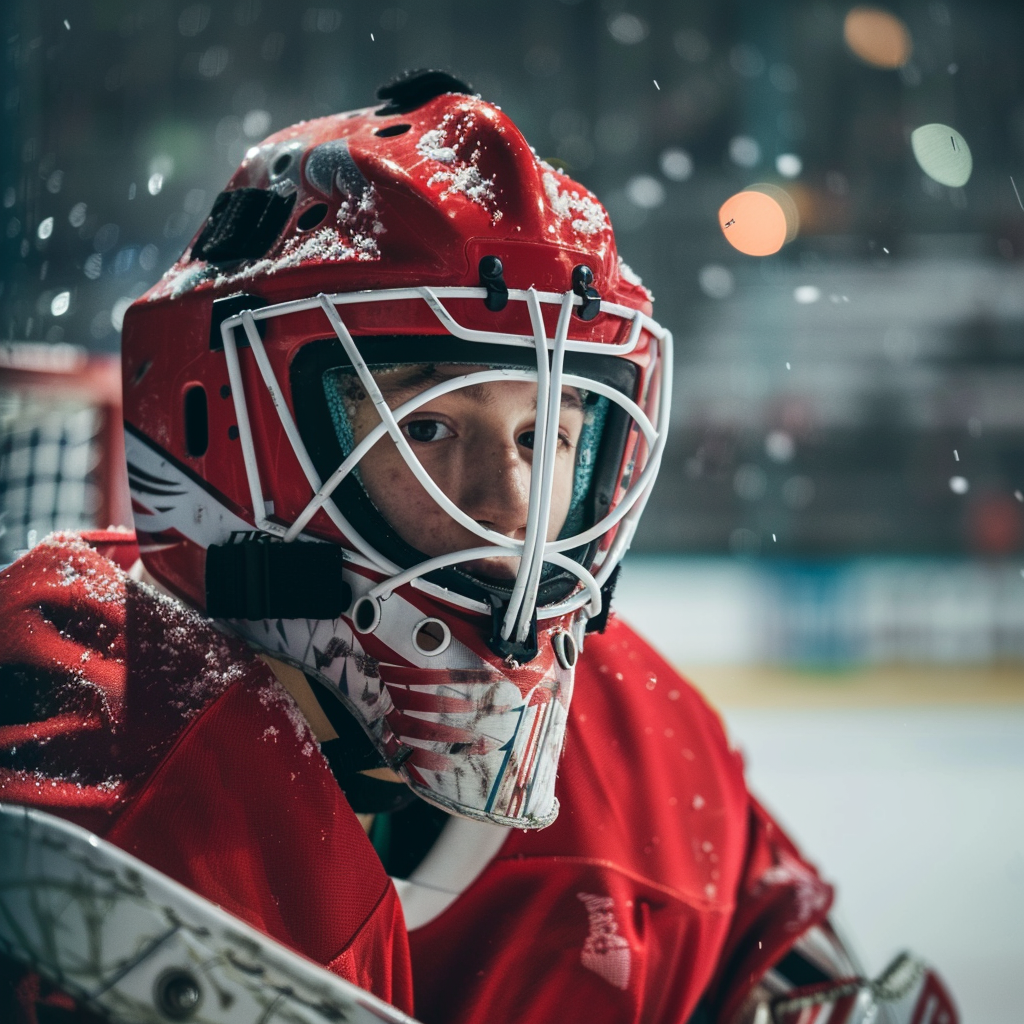The Role of the Goalie in Hockey Betting: How to Assess a Goalkeeper’s Form


It is an information portal dedicated to the study of the impact of sports on various aspects of public life.
Breaking News:
Online Gambling Site: The Double-Edged Sword of Digital Betting in Modern Society
The Impact of Sports on Economic Mobility in Underserved Communities
The Role of Sports in Fostering National Identity in Multicultural Societies
Gender Dynamics in Sports: Breaking Stereotypes and Barriers
E-Sports: Redefining Athleticism and Its Societal Perception
Kathmandu Nepal
Wednesday, Jul 9, 2025

The goalie plays a key role in a hockey team, and his form can significantly influence the results of matches. Assessing a goalkeeper’s form is an important aspect when betting on hockey.
The goalkeeper has a significant impact on the results of the match. His game can determine the outcome of a fight, especially at critical moments. The goalkeeper is under constant physical and psychological stress, which requires high concentration and stability from him. Statistics show that successful teams often have reliable goalkeepers whose high performance is the key to victory.
Assessing a goalkeeper’s fitness includes several key aspects:
Analysis of statistics is the main method of assessing a goalkeeper’s form. Key statistics include number of matches, save percentage, number of clean sheets and number of goals conceded. Shot Saving Rate measures how effectively a goalkeeper stops opponents’ shots. The higher this indicator, the more reliable the goalkeeper is considered. The number of clean sheets indicates a goalkeeper’s ability to keep a clean sheet throughout the match, which is also an important indicator of his form.
The psychological state of a goalkeeper is of great importance for his successful game. Confidence, resilience and the ability to concentrate in critical moments are key factors in a goalkeeper’s success. Methods for assessing mental stability include observing the goalkeeper’s behavior in stressful situations and his reaction to missed goals. Examples of situations where the psychological factor played a key role show that even a physically trained goalkeeper can make mistakes due to psychological pressure.
A goalkeeper’s performance largely depends on his interaction with the team. Synergy between goalkeeper and defense plays a key role: good defense helps the goalkeeper cope with opponent attacks. The role of the coach in the preparation of the goalkeeper is also important: an experienced coach can help the goalkeeper improve his technique and tactics of the game. Team play strategies, such as the style of defense and forwards, can have a significant impact on the goalkeeper’s workload and ability to cope with opponent attacks.
Assessing a goalie’s form is a difficult but important aspect when betting on hockey. Taking into account the physical fitness, statistical indicators, psychological state and influence of the team, you will be able to make more informed and accurate bets. Correct assessment of all these aspects will help predict the success of the goalkeeper and therefore the entire team.
The most important statistics when assessing a goalie’s form include save percentage, shutouts, and goals against. This data provides insight into the reliability and effectiveness of a goalkeeper.
A goalkeeper’s psychological state greatly influences his performance. Confidence, resilience and the ability to concentrate in critical moments are key factors in his success on the ice.